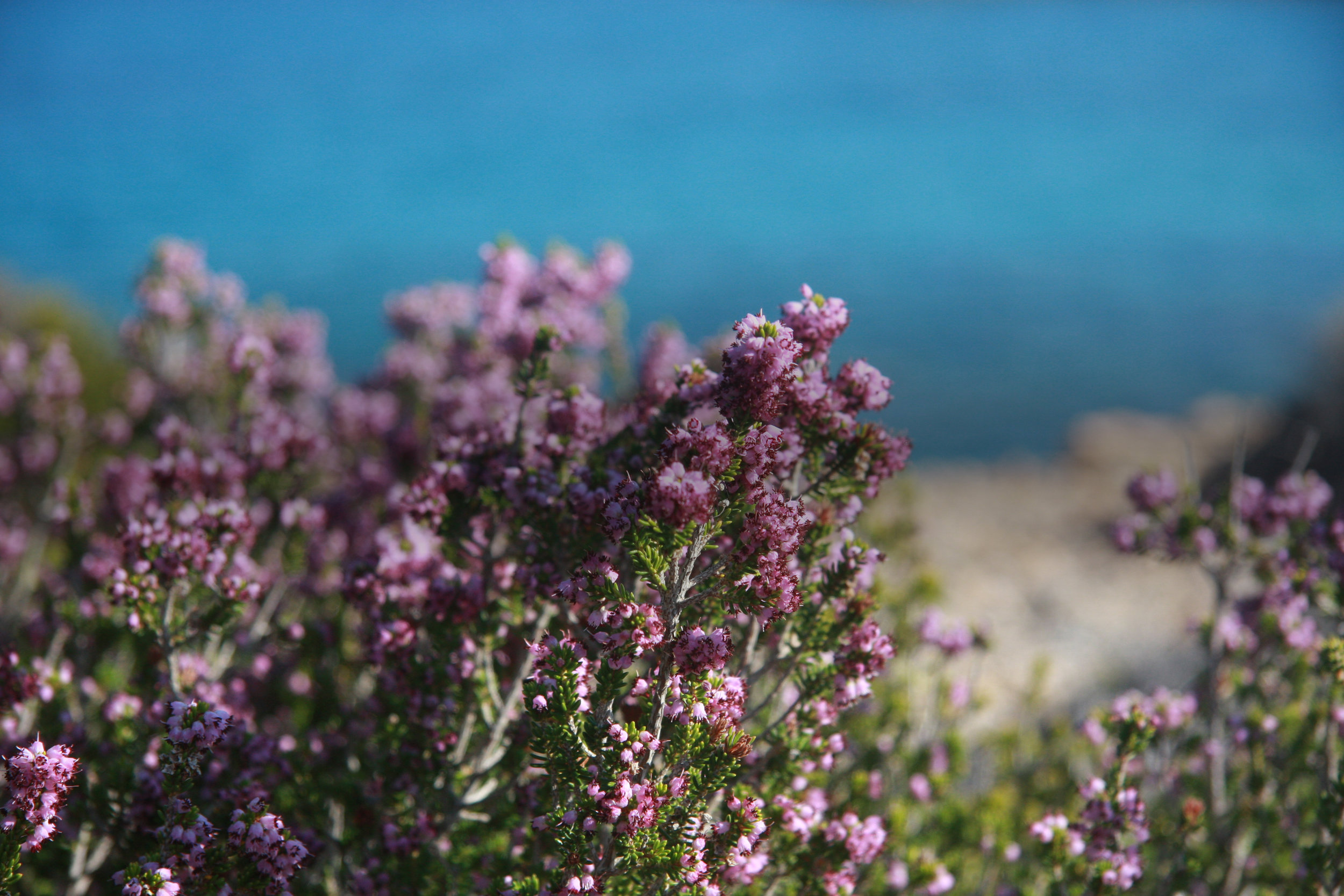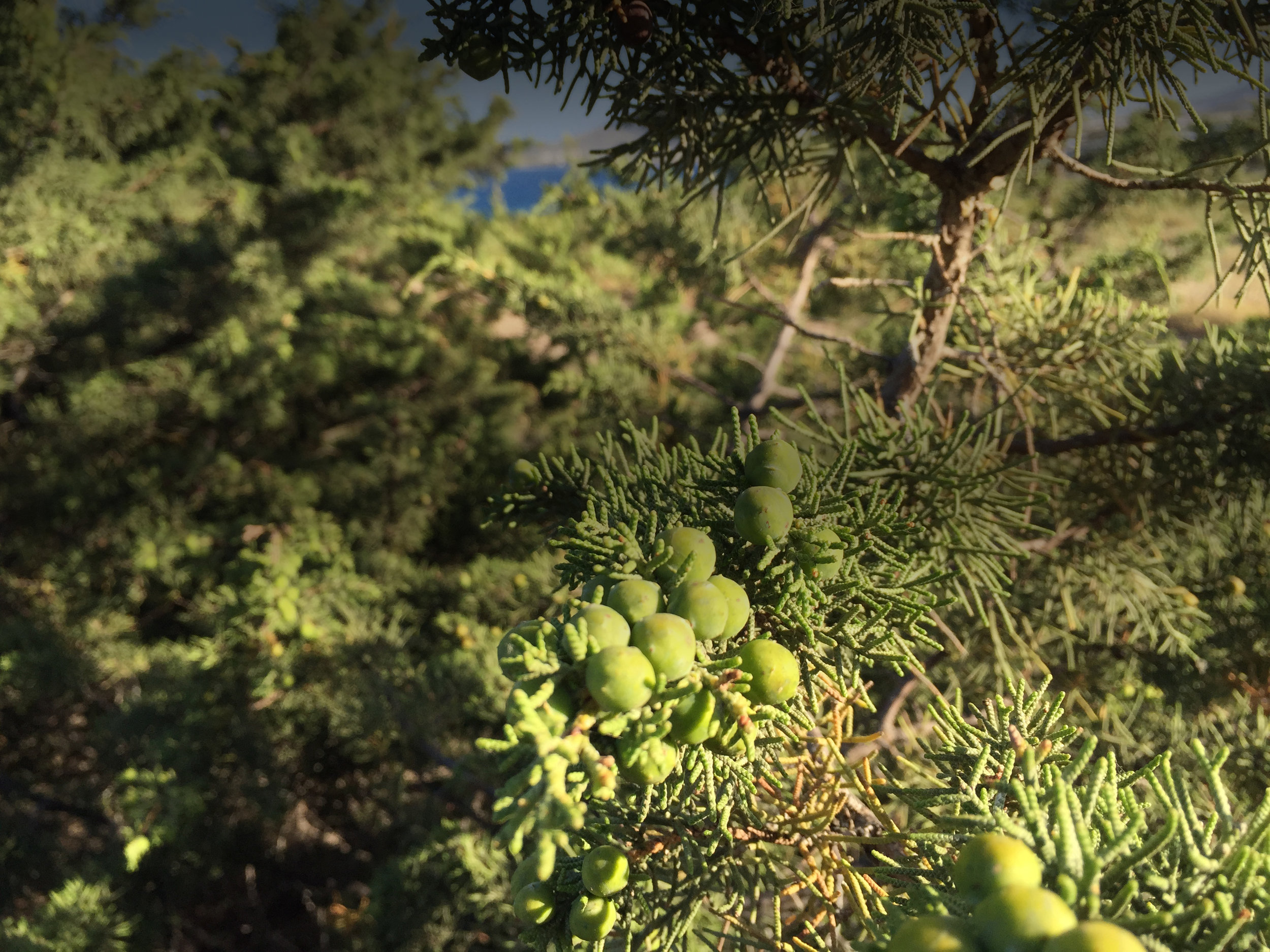How to make your own toothpaste

Toothpaste
It’s very hard to recycle toothpaste tubes and most of the time they end up in a landfill where they will pollute the environment for the rest of time. Also, most commercially-produced toothpastes contain a range of potentially harmful ingredients.
If you prefer, you can certainly buy natural toothpaste in glass packaging (or no packaging at all) at Sapontina, but it’s also pretty easy to make your own, and there are several recipes that work really well.
Residents on Paros say that in former times popular solutions to dental care problems included green olive soap, rubbing your teeth and gums with sage leaves or mastic resin, rinsing with a saline solution and using twigs as toothpicks. Sage, salt and mastic are still used for dental care and all of them are potential ingredients in some of the recipes below.
Take care! Make sure the essential oils listed below are safe for you. You should avoid some essential oils if you are pregnant, or have high-blood pressure, are epileptic, etc. In general, most essential oils are not suitable for kids before three years old, and only under specific conditions (for example, if they are more diluted). If this is the case, replace them with other ingredients, as listed below. If you are not sure, don’t hesitate to ask for expert advice.
Also remember that nearly all essential oils must be diluted (in something other than water, usually a vegetable oil) so please follow the recipes’ recommendations and dosages.
Paste
RECIPE 1
90 grams of calcium carbonate
Pinch of salt or sodium bicarbonate
56 grams of glycerin
Optional, for the taste, a total of 20 drops of essential oil:
Mint (Mentha spicata), Lemon essence (Citrus limon), or Tea Tree (Melaleuca alternifolia)
Instead of essential oils, you can add: powdered mint, sage, clove or thyme.
RECIPE 2
8 tbsp sodium bicarbonate
6 tbsp glycerin
10 – 15 drops of peppermint oil and 1 drop of clove oil
Source: Treading my own path.
Powder
Calcium carbonate
Pinch of salt or sodium bicarbonate
Pinch of clove powder
You can add any powdered plant mentioned above in Recipe 1
Other possible ingredients
These recipes are a great start, but if you want to go further and experiment a bit, all you need to know is that the basic recipe for any toothpaste comprises an abrasive + taste enhancer + antibacterial + detergent + binder and/or lubricant.
By choosing one or two ingredients from each category below you can come up with your own favourite recipe.
abrasives
Abrasives are the basis of all toothpastes, nice, nasty, natural or homemade. They polish the teeth and eliminate impurities and plaque, but you only need one of them:
Calcium carbonate
Finely ground salt
Silica (which is found in diatomaceous earth, horsetail plant or bamboo powder)
Charcoal and ash
Plant powders (see below) also have an abrasive effect, depending on the plant, but especially horsetail, which contains a lot of silica.
Calcium carbonate is the most frequently used of these, and also the cheapest and easiest to find.
Stronger abrasives
These are particularly effective on stubborn stains.
Sodium bicarbonate (Baking soda), which is very salty, but has the advantage of neutralising acidity.
Superfine white or green clay powder, which get rid of toxic secretions in saliva or some food residues.
Most of the toothpaste recipes you will find on the net include one of these two, but they can be pretty hard on dental enamel and should be used 2 or 3 times a week at most or in small amounts. If you have fragile, decayed or broken teeth, or sensitive gums, don’t use it at all.
TASTE ENHANCERS
You can add plant powders or essential oils to enhance the taste or flavours of your recipe. Some plant powders give a nice flavour and freshen the breath and some have healing properties too. It’s possible to use a few drops of plant extract instead. If you make the powder yourself, you will need a blender or a mortar.
The best choice of plant powder or plant extract would be: green mint, fennel, lemon, eucalyptus. For essential oils, try Lemon essence (Citrus limon), thyme (Thymus linalol, or Thymus vulgaris ct. thujanol), peppermint (Mentha spicata), or clove (Syzygium aromaticum).
Detergents
All commercial toothpastes, contain a detergent: it’s what makes the foam and also eliminates fatty substances. Personally, I don’t use it, but if you want you could use a very small amount of Marseille soap ( or the closest Greek equivalent, “Prasino sapouni.” )
ANTIBACTERIALS
These control plaque and bad breath and generally protect the teeth.
Plant powders:
Mastic*, ginger, cinnamon, rosemary, thyme, peppermint, neem, savory (all of them are antiseptics and antibacterials)
*you can crush the resin with a mortar and pestle, it’s less expensive than the powder.
Sage (which cleanses and protects the oral flora)
Chamomile, lemon balm, calendula, marshmallow plant (great for sensitive gums and even toothache)
Tormentil (Potentilla erecta) (astringents)
Horsetail or nettle (mildly abrasive and remineralizing)
Algae (contains fluorine)
Essential oils:
of tea tree (Melaleuca alternifolia), bay laurel (Laurus nobilis), Lemon essence (Citrus limon), thyme (Thymus linalol, or Thymus vulgaris ct. thujanol), peppermint (Mentha spicata), or clove (Syzygium aromaticum)
Grapefruit seed extract (though be warned, it is very bitter!) Propolis tincture
Binders and lubricants
Combine all of the ingredients with the binder or lubricant of your choice, either glycerin (which gives a sweeter taste) or Aloe vera gel.
To make a paste with all these ingredients, just choose one ingredient from each of the above lists, add your binder or lubricant, stir, and adjust to the desired consistency, and voila.
Some information here comes from the very useful French-language blog:
Raffa - Le Grand Ménage




